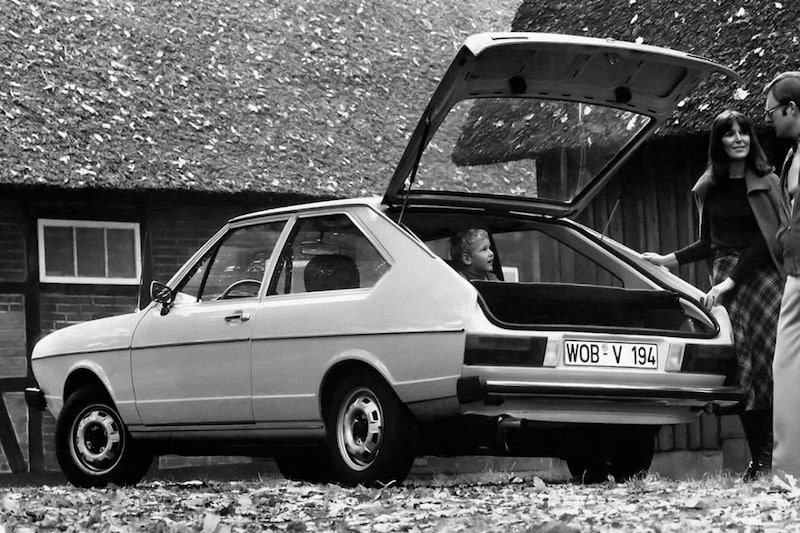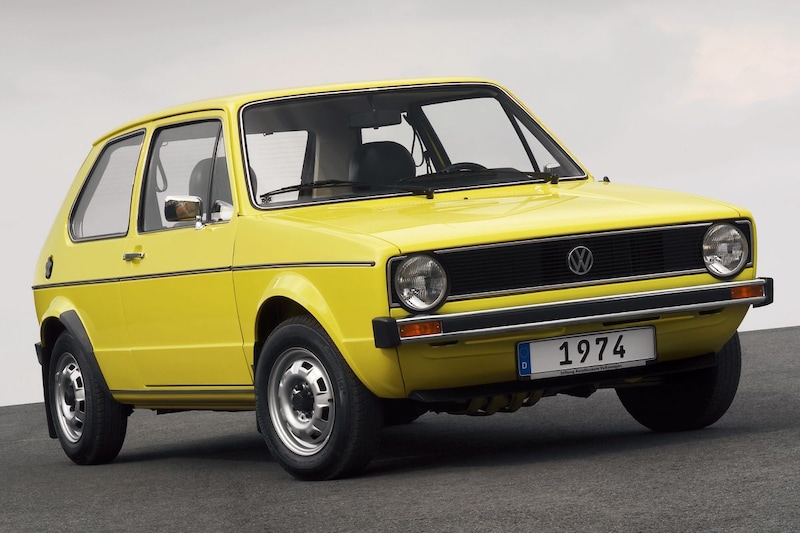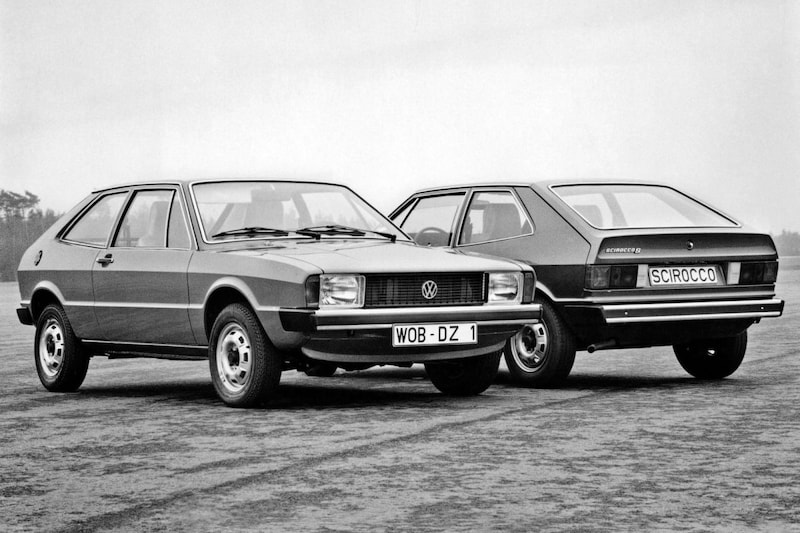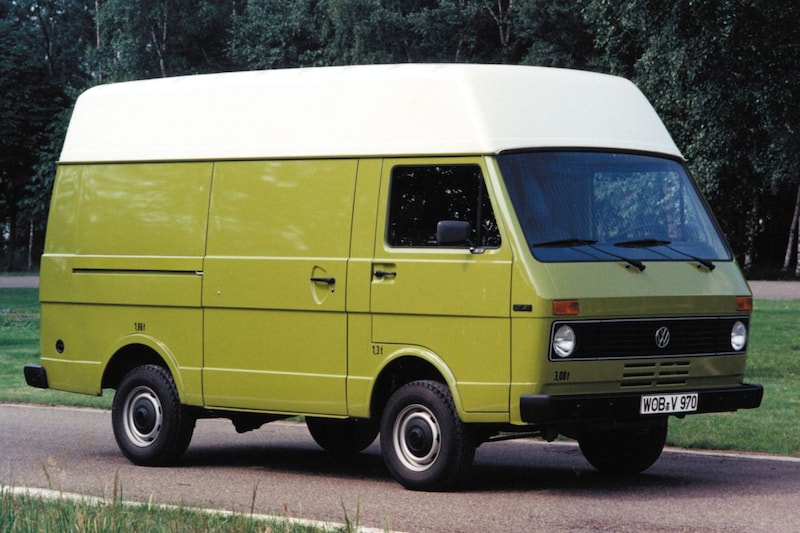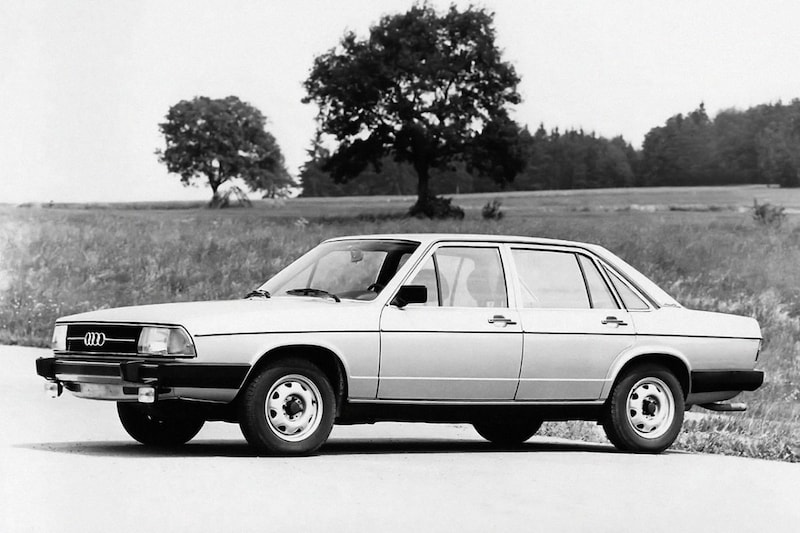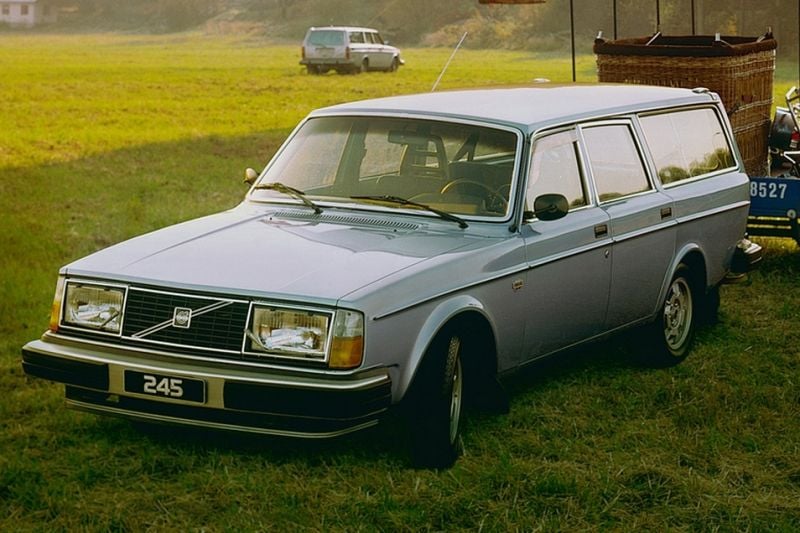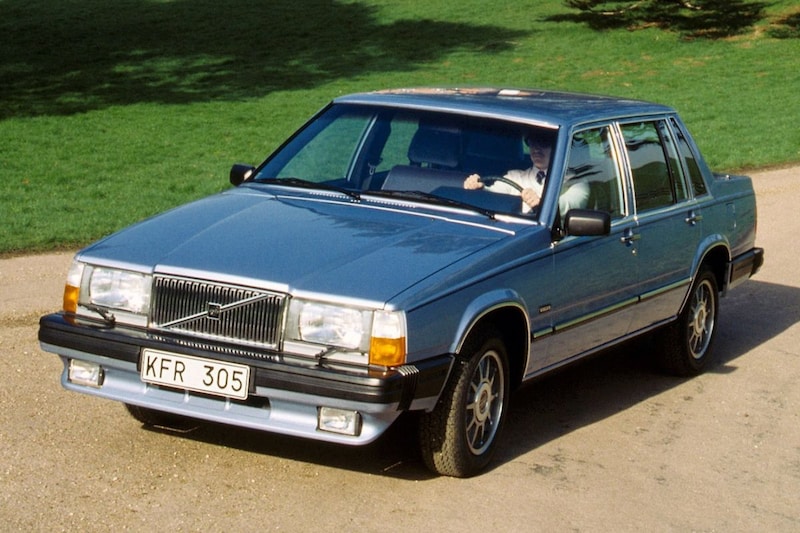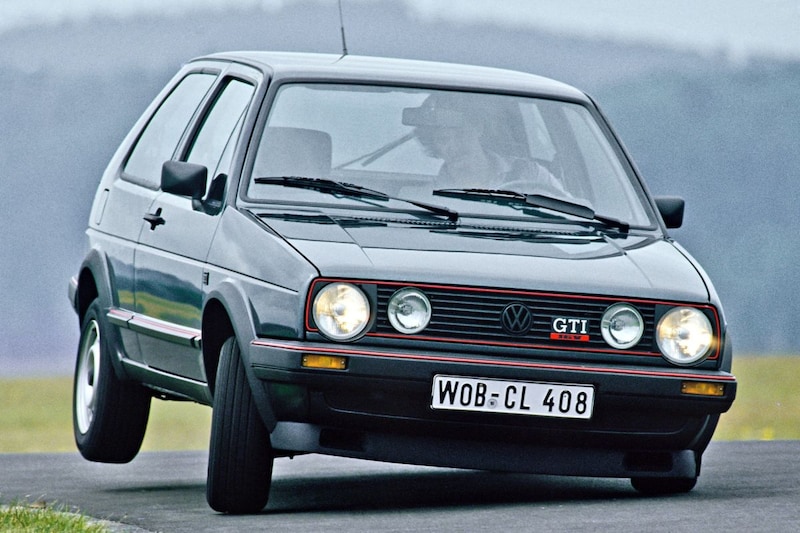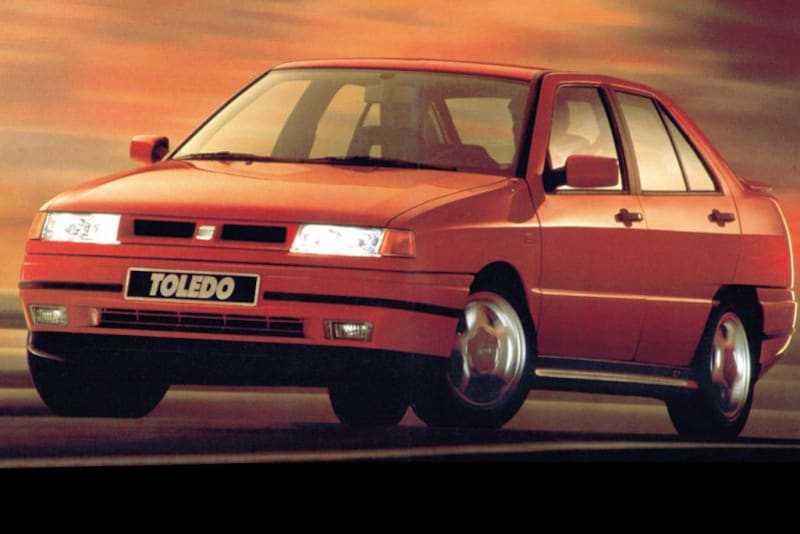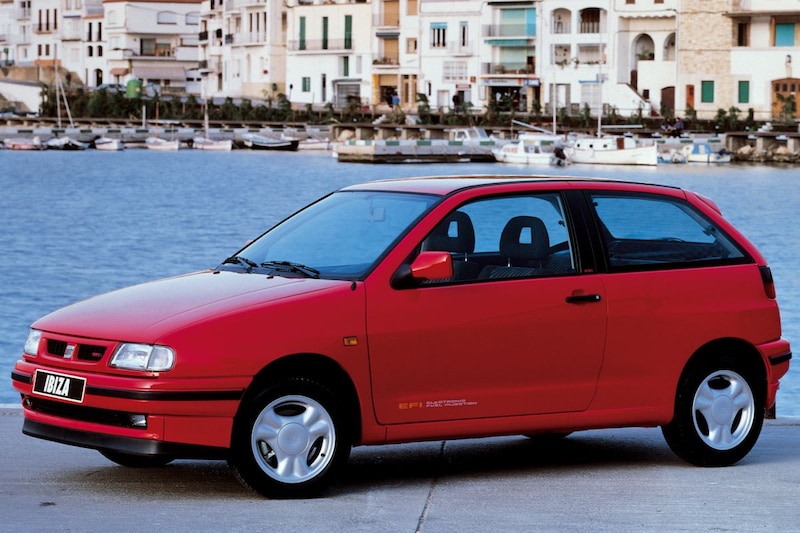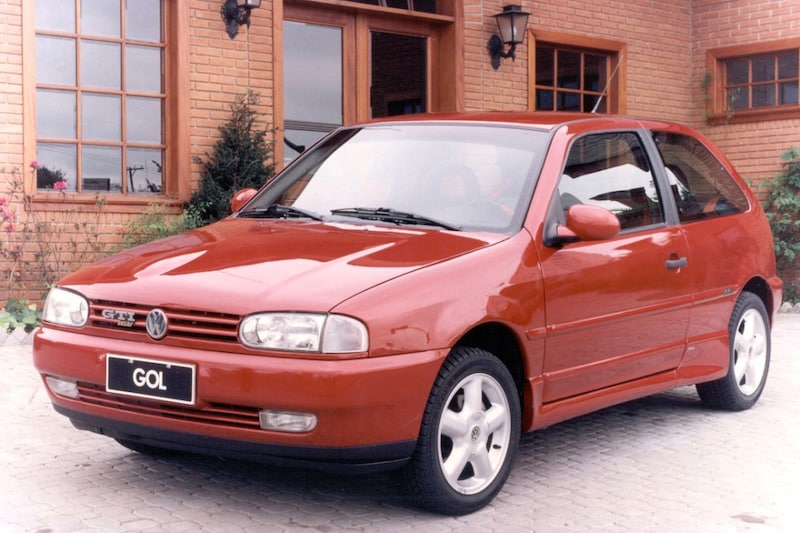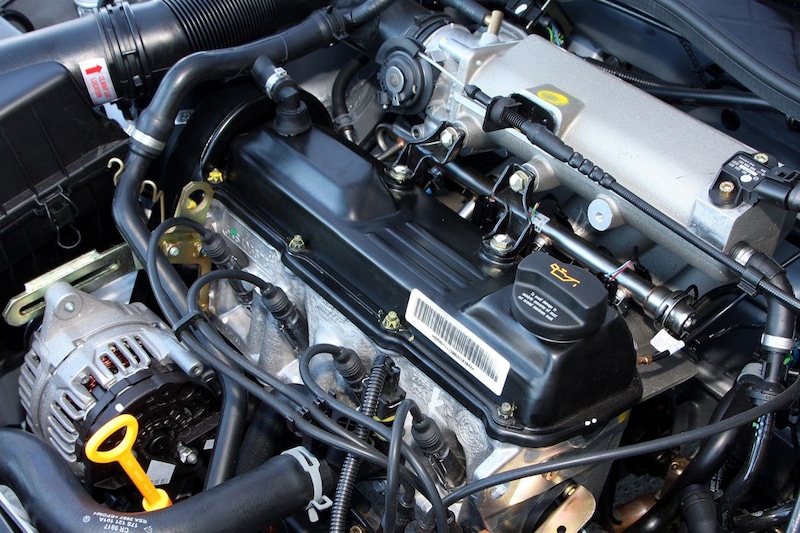At Volkswagen, modular technology is completely hip and happening these days. At least, that’s what they lead us to believe. In fact, they’ve been at it for years. A good example of this is the EA827 engine family, which appears in the most diverse configurations in the strangest places.
In 1972 Audi presents a completely new 80. The sedan, which is internally referred to as B1, should make you forget the F103, which dates back to 1964. To this end, Audi has developed, among other things, the completely new EA827 engine family, which drives the front wheels mounted longitudinally. Initially, the EA827 family with its cast iron blocks and overhead camshaft will consist of a 55 hp 1,297 cc version and a 1,471 cc variant with a choice of 75 or 85 hp, all on petrol. In 1973, a version drilled to 1,588 cc with 100 hp will also follow.

Volkswagen Passat
In the early 1970s, Volkswagen sales of cars with a rear-mounted air-cooled boxer engine declined sharply. And the K70, which was stolen from NSU, does not bring the expected success as an alternative. Nevertheless, the design of the K70 – front wheels driven by a water-cooled inline engine – is the side that Volkswagen is thinking of. Thus, in 1973, a hatchback based on the Audi 80, which is known as a Passat at Volkswagen, appears in 1973. Just like with the Audi 80, the EA827 engines can be found under the hood of the Passat. When the Scirocco and the Golf appear in 1974, EA827s also appear, now placed transversely in the front. The related Audi 50 and VW Polo will initially not receive an EA827 derivative, but will be powered by the more compact four-cylinder engines from the also newly developed EA111 engine family. The EA827 does appear in the new Audi 100 (C2) from 1976.
In addition to carburettors, petrol injection soon follows for the sportier versions of the EA827 engines; the Audi 80 GTE was the first to do so in 1975, the Golf GTI from 1976 perhaps the best known. Over the years, the EA827s have found their way throughout the entire group, including the Seat and Skoda subsidiaries. The basic design lends itself to numerous variants. For example, the cylinder capacity increases to two litres, heads with four valves per cylinder are used and compressors are even installed. And that’s not all. On the hunt for more performance, Audi already developed a five-cylinder in the 1970s. Oh, and when Audi comes up with a 3.6 liter V8 in 1988, many of the base sizes for that aluminum power source match exactly those of the 1.8 sixteen-valve from the Golf GTI.
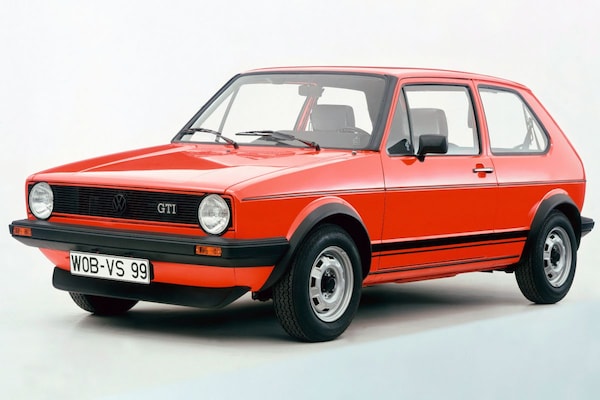
Volkswagen Golf GT
Trip to Chrysler
Increased to 1,716 cc in use, the engine powered Volkswagen’s all-terrain vehicle, the Iltis, in 1978, as did the Rabbit, the American version of the Golf. Only that Rabbit does not sell very well, which means that VW has an overcapacity in its American factory. Now that we are in the US, Chrysler does not appear to have sufficient production capacity to build four cylinders for the Plymouth Horizon (related to the Simca Horizon known to us). The two manufacturers help each other out. Thus, the engine – albeit equipped with a cylinder head to Chrysler design – ends up under the hood of the Horizon and all its derivatives.
Until TDI
With the EA827, Volkswagen also kicks off with diesel technology in 1976. The first variant is the 1,471 cc engine that produces 50 hp in the Golf. With increasing displacement and power, the four-cylinder diesel finds its way into almost all models within the group, it even appears in the back of Volkswagen vans. To boost the performance, it is also available with turbo. And with direct injection, the EA827 goes through life as a 1.7 SDI in the Volkswagen Lupo and the Seat Arosa and it is available as a 1.9 TDI in a variety of power variants.

Volvo 940
A 2.4 liter variant with six cylinders is being developed in collaboration with Volvo. It debuted in 1978 in the Volvo 240 and shortly afterwards in the large Volkswagen LT. To respond to the tax rules in Finland and Italy, Volvo will also provide the 240 with a two-liter five-cylinder variant for a while, the same engine that Audi installs in the 100. As with the four-cylinder, the possibilities of a turbo are also seen for the six-cylinder. With turbo and intercooler, the Volvo 740 is even the fastest production diesel for some time. Volvo eventually uses the Volkswagen six-cylinder in the 940 and 960 until 1996.
The list of cars in which the EA827 and its derivatives can be found is almost endless. This is not only the result of the multitude of variants in which the engine has been built, but also the long period of time in which this happened. Even when Volkswagen comes up with a successor, the EA113, in 1993, that definitely doesn’t mean the end. Spread across the globe, the machine will continue to be built in numerous configurations for years to come. When the last Golf I comes off the production line in South Africa in 2009, the City Golf, the EA827 was still under the hood.

This article originally appeared in AutoWeek Classics issue 12 of 2016.
– Thanks for information from Autoweek.nl
